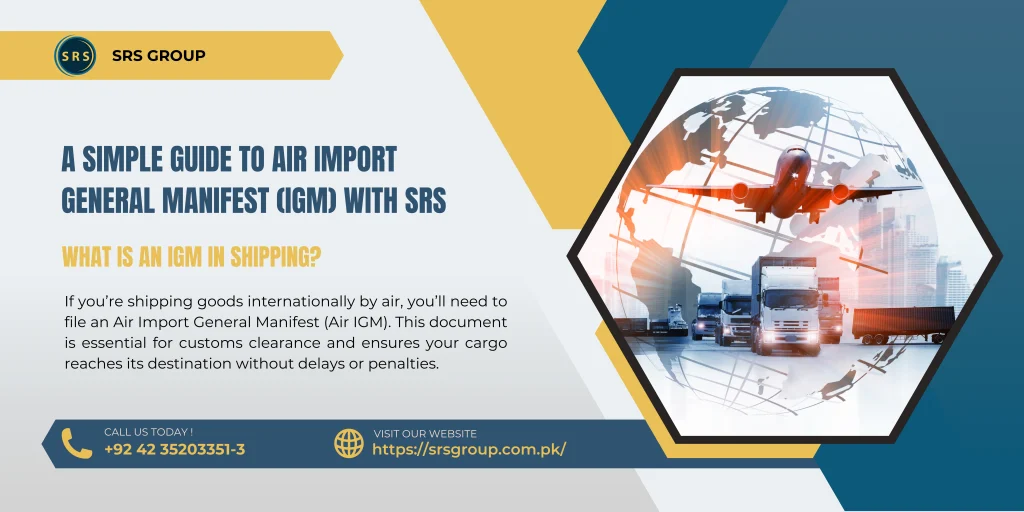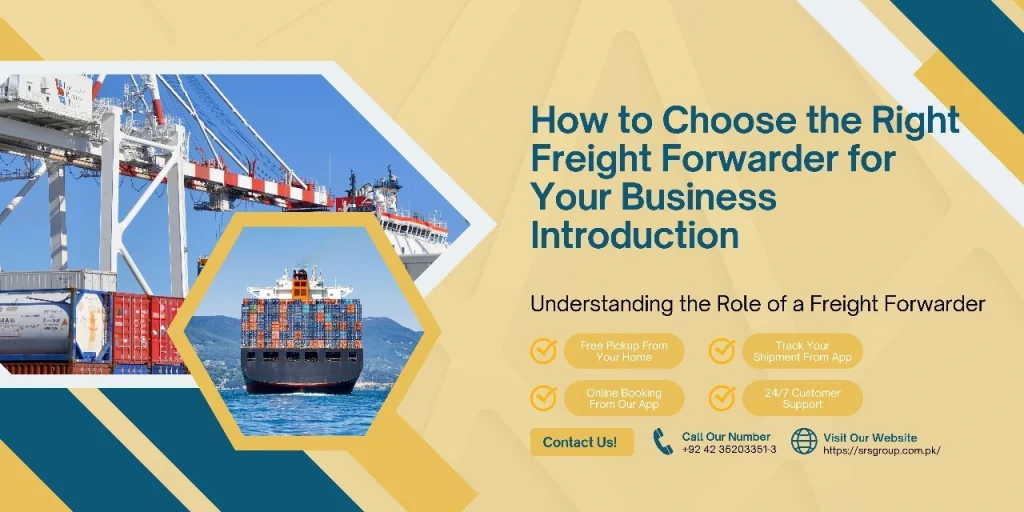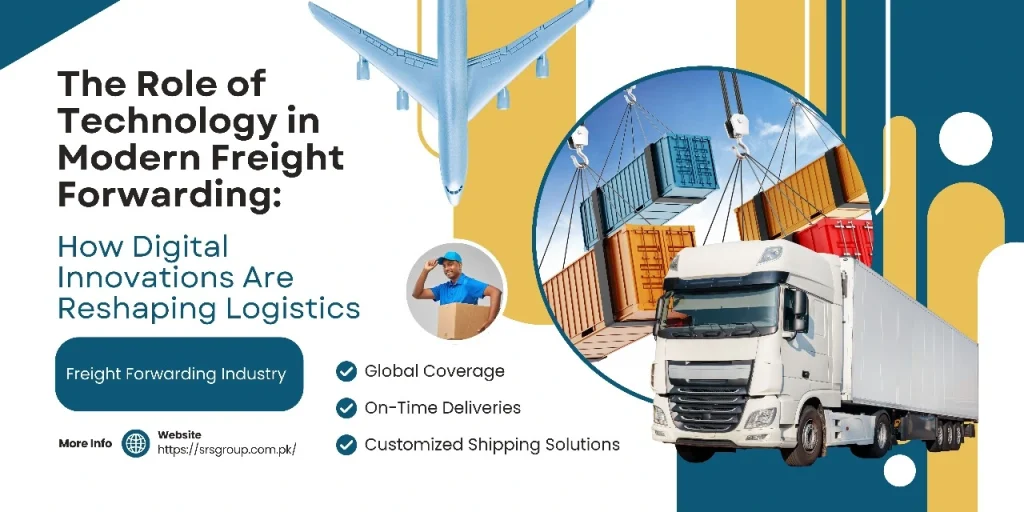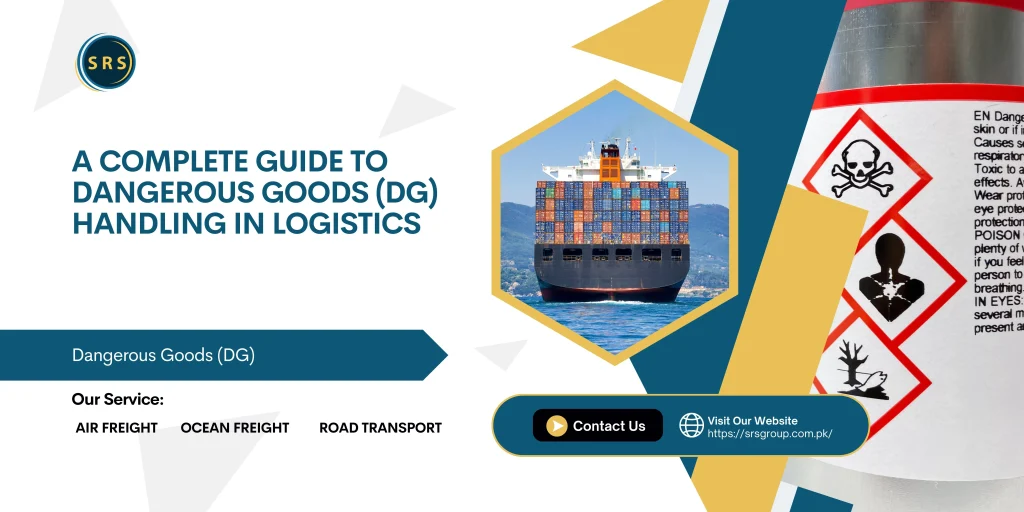A Simple Guide to Air Import General Manifest (IGM) with SRS
If you’re shipping goods internationally by air, you’ll need to file an Air Import General Manifest (Air IGM). This document is essential for customs clearance and ensures your cargo reaches its destination without delays or penalties. In this guide, we’ll explain: What is an IGM in Shipping? The Import General Manifest (IGM) is a document required for clearing air cargo through customs. It includes details about the shipment, helping authorities assess and process goods before they arrive. Similar to a Sea Cargo Manifest used in ocean freight, an Air IGM serves three key purposes: Pre-arrival Notification: Alerts customs about incoming cargo for smooth processing. Cargo Details: Lists shippers, consignees, goods descriptions, and other key information. Compliance: Ensures adherence to customs rules and trade regulations. Filing an Air IGM is a legal requirement. Without it, customs will not release your shipment. What Information is in an Air IGM? Each country has specific requirements, but most Air IGMs contain: Who Files the Air IGM and When? The airline carrier or an authorized freight forwarder (like SRS) files the Air IGM. It must be submitted at least 24 hours before the cargo arrives at the destination airport. Incorrect or incomplete filing can delay shipments and lead to penalties. Air IGM vs. Bill of Entry (BOE): What’s the Difference? Feature Air IGM Bill of Entry (BOE) Timing 24 hours before shipment arrival After cargo inspection, within 30 days of arrival Filed by Airline or freight forwarder Importer or customs agent Purpose Pre-arrival notification for customs Official document to claim imported goods Key Benefit Speeds up customs clearance Enables final cargo release Information Flight details, shipper, consignee, goods description Duty calculation, import license, full cargo details Air IGM vs. Gateway IGM: What’s the Difference? Both are used for customs clearance, but they serve different purposes: Feature Air IGM Gateway IGM Purpose Filed at the final destination airport Filed at the first entry point (gateway airport) Example A shipment arrives in Dubai, so IGM is filed in Dubai A shipment lands in Istanbul before going to Dubai—Gateway IGM is filed in Istanbul Filing Time 24 hours before arrival Filed before reaching the gateway port Onward Movement Does not specify onward transport Specifies how goods will be moved (road, rail, air) Application All air freight arriving at its final airport Shipments passing through multiple gateway ports If your cargo enters a country at one airport but moves domestically to another customs location, a Gateway IGM must still be filed. How SRS Makes Air Freight Simple Filing an Air IGM is just one part of importing goods by air. A trusted logistics partner can help ensure smooth shipping, customs clearance, and timely deliveries. At SRS, we offer: Expert Air IGM Filing – Avoid fines and delays Global Air Freight Network – Move cargo anywhere in the world End-to-End Shipping Solutions – Standard Air Freight, Air Charter, and Sea-Air Services Want stress-free air freight? Partner with SRS today!




